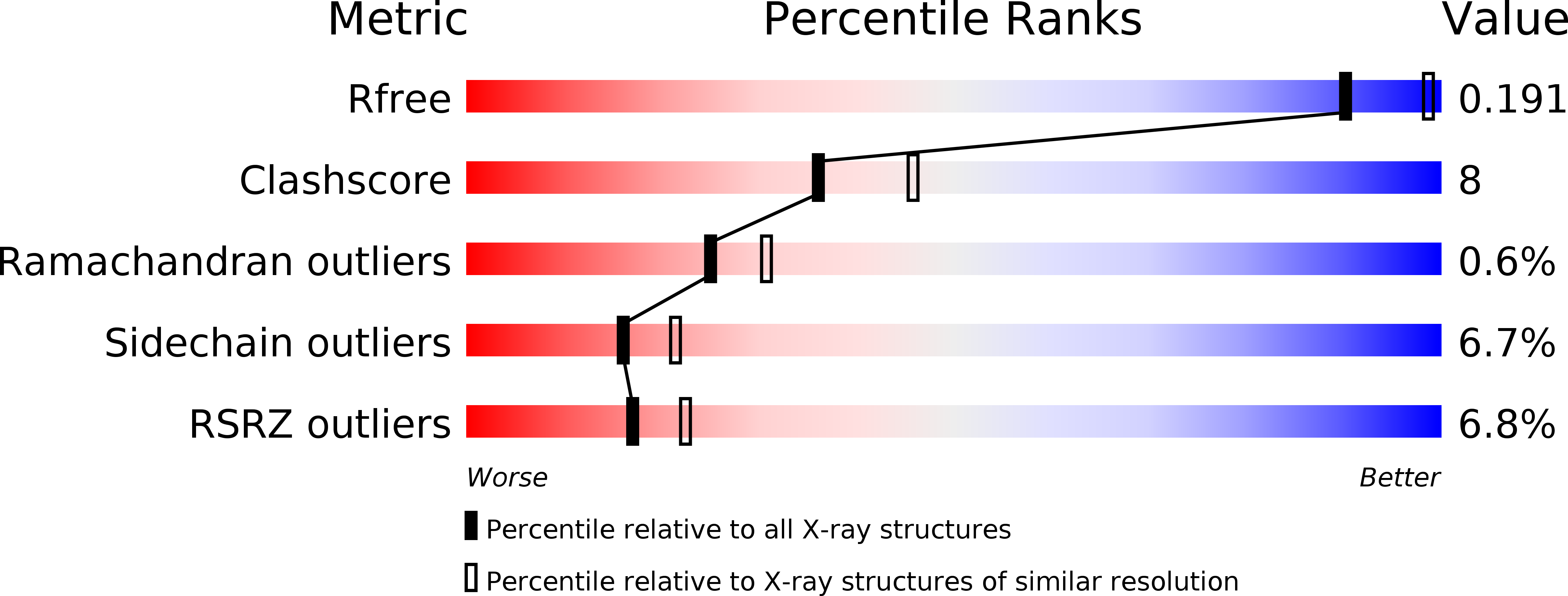
Deposition Date
2006-04-19
Release Date
2006-08-15
Last Version Date
2023-08-30
Entry Detail
PDB ID:
2GQ3
Keywords:
Title:
mycobacterium tuberculosis malate synthase in complex with magnesium, malate, and coenzyme A
Biological Source:
Source Organism:
Mycobacterium tuberculosis (Taxon ID: 1773)
Host Organism:
Method Details:
Experimental Method:
Resolution:
2.30 Å
R-Value Free:
0.24
R-Value Work:
0.17
R-Value Observed:
0.17
Space Group:
P 41 21 2


